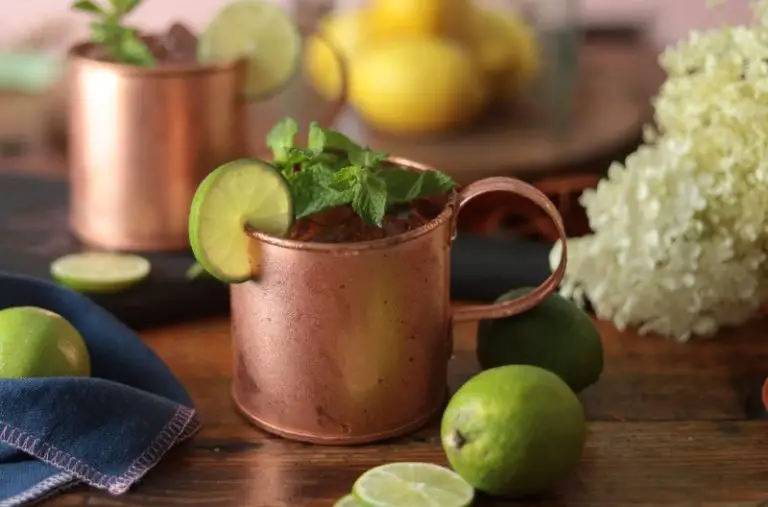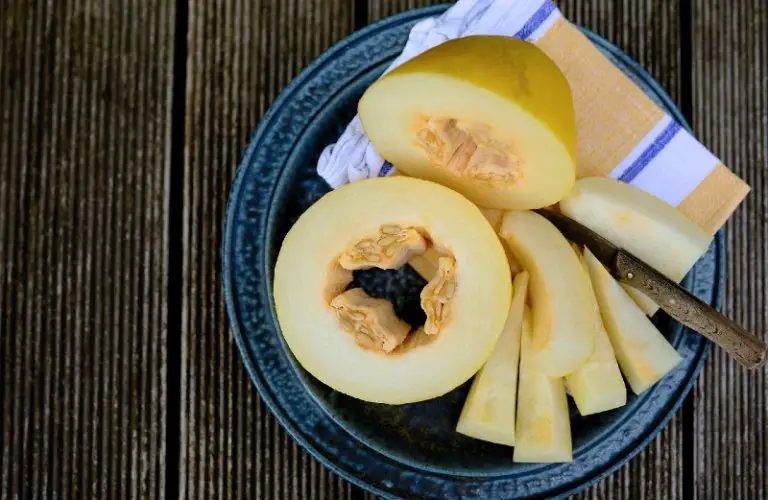The Food of The Persian New Year
Happy New Year or Nowruz Shoma Khojasteh Bad, as we say in Persian. As from 20th March Iranians are entering the year 1391, or the number of solar years since the prophet Mohammad travelled from Mecca to Madina. The seasons are heralded with rituals in most cultures around the world. In the Greater Iranian regions’ tradition, Mehregan, the autumn equinox and Nowruz, the spring equinox, hold most significance. Nowruz is our Christmas, complete with a Khawjeh Pirooz, Haji Firooz, or Santa Claus. It is an ancient secular and cultural festival, with get togethers, exchanges of presents and special foods. The onset of Spring brings a natural hopefulness and sense of anticipation. We look forward to new beginnings and the coming of longer and warmer days.
Nowruz celebrations commence at the exact time of the Vernal equinox in the northern hemisphere, or tahveel. In 2012, this occurred at 5.14 am GMT, or 8.45 am for my mother in Iran, and 16.14pm for my sister in Eastern Australia. An oddity of modern times is that Iranians living in the southern hemisphere celebrate new year in Autumn. Whilst most families in Iran continue to gather around a special table called the Haft Siin, far flung relatives in Australia and elsewhere will join via the internet. As tahveel arrives, we are in our best clothes, with a clean house filled with seasonal flowers, fruit and special Nowruz sweetmeats. The candle on our Haft Siin is lit. In the seconds following, we wish each other a happy new year and eat sweet things to see in a year full of sweetness.
Before we get to tahveel there are a few things which need to be done. The preparations start a few weeks earlier with a thorough spring clean, known as shaking the house or khaneh tekani. We begin sprouting wheat or lentils for the Haft Siin table. On the last Wednesday Evening or Chahar-shanbe Soori before tahveel, bonfires are lit, and people jump over them asking for a rosy glow in exchange for winter pallor. Children visit houses in the neighbourhood, banging pots and pans and asking for treats. This is very much in the spirit of a Saturnalia, Bonfire Night, or a Wassail. And so, on the evening of Tuesday 13thMarch, I set out a row of candles on my living room floor, lit them, and leapt into the future.
Naturally, we get a bit hungry from cleaning, building bonfires and all the activities. Ajil is a general term for mixed nuts and dried fruit. Each family has its own mix of Chahar-shanbe Soori ajil. Usually it is un-roasted or salted dried fruit and nuts. There may be various types of dried grapes such as sultanas, green and brown raisins, currants, dates, figs, pistachios, almonds, walnuts, hazelnut, stuffed dried pears and peaches known as mianpour, soojugh and baslugh. In my home, the best of the dried fruits and nuts picked in the autumn come out of dry storage. My mother mixes handfuls of each. She also throws a a shelled nut or two into the corners of each room, as a token of future prosperity (and providing the forgetful with an unexpected treat).
This year on Chahar-shanbe Soori, I also made Samanoo. Samanoo is a sweet paste made of wheat sprout juice, wheat flour & water. Having sprouted the wheat over several days, the cooking required six hours of constant stirring. In times past, ladies would hold a samanoo making party where they would sing, dance and prepare the dish overnight.
The night before Nowruz we eat Noodle Rice (reshteh polow), or worm polow, as my sister and I would call it. Reshteh means reins or thread. The symbolism may suggest both the taking of the reins of one’s destiny, and family ties. Rice is a traditional food for celebrations and is supplemented with wheat noodles. We serve it with split-peas, dried apricots and plums but some may use raisins, currants and dates from the previous harvest.
Now to the Haft Siin, a decorative table featuring a particular collection of articles: seven of these items begins with the letter Siin, one of the four “S’s” in the Persian alphabet. (It happens to be the S with which my name starts, and so my mother would tease me as a child and say if she were short of anything, she’d put me on the table.) Every family may interpret the Haft Siin a little differently. A modern Haft Siin might include seven of the following:
Sumac, the colour of sunrise, defeating darkness;
Samanoo, the sweet result of patience and hard work;
Serkeh (vinegar / wine), synonymous with the wisdom that comes of age;
Senjed (fruit of the Oleaster tree), symbolising love;
Seeb (apple), for knowledge, and natural beauty;
Sabzi (sprouted greens), for rebirth;
Sir (garlic), representing medicine;
Sekeh (coins), for wealth;
and Sonbol (hyacinth), a fragrant symbol of spring.
Other symbols include a mirror, for reflection on the past; live goldfish, to mark the zodiacal transition from Pisces into Aries; a lit candle, for enlightenment; coloured boiled eggs, for fertility; and even, a citrus fruit afloat in a bowl of water, representing the earth in space. Finally, a great book – a work of literature or scripture – may be placed on the table.
The customary dish to have on New Year’s day is herb infused rice served with fish, or Sabzi Polow ba mahi. The herbs in this dish – parsley, coriander, dill and new garlic – are in season in Iran. In some areas, fenugreek is also added. Here in Bath, I hold an annual Nowruz party with seasonal food which I pick within a mile of my home. This year’s menu featured layered rice with leeks, parsley, wild garlic and spring lamb; wild garlic, leek, walnut and barberry frittata, or kookoo, served with yoghurt; a plate of spring onions, radishes, parsley, wild garlic, sorrel, fennel leaves, and salad burnet; polytunnel lettuce leaves served with a simple sweet and sour dip, or skanjebeen.
Then twelve days of celebration begin. On the first, visits are made to the houses of the elders, and those bereaved in the year gone by. These are generally brief visits where guests are offered tea, sweetmeats and citrus fruits. In Tabriz, my home town, the sweetmeats on offer are normally bakhlava, ghorabia, nokhodchi, shirini gedooyeh most of which are made with eggs, nuts, sugar, flour, and spices. Typically, we make six or seven visits in the morning and another seven or eight in the afternoon and early evening. My parents are usually at home on the second day. I was last in Iran for Nowruz in March 2007, and on that day we had some ninety visitors in total. My mother had rearranged the main reception and asked my cousins to help with the teas and serving of cakes and fruits. As the days progress, younger members of the family and newly weds are visited. Finally, on the thirteenth day, everyone packs a picnic and heads out into the countryside – or parks in big cities – so as to keep misfortune from their door, thus Sizdah bedar. This is the time to jettison your sprouted lentils into running water and make a wish. We do this over Pulteney Weir in Bath, where I now live and work.
Further Information
Simi’s website: www.simiskitchen.co.uk
Follow Simi on Twitter: @Simiskitchen
Should you wish to try out some of the foods mentioned here, please click on the link below.
http://www.simiskitchen.co.uk/home/recipes

